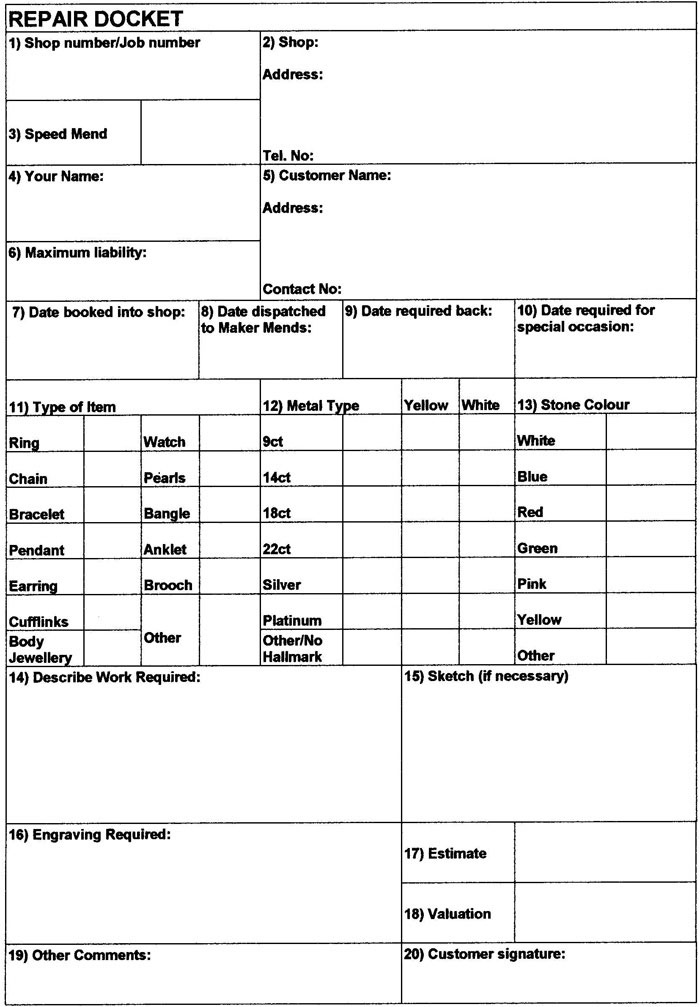Correct way to use a Loupe/Eyeglass
- Stand in a well lit area.
- Open the loupe up by pushing the magnifying lens out of the case, its on a hinge so it rotates out.
- Hold the case of the loupe between your index finger and thumb.
- Raise the loupe to your preferred eye.
- You may find that resting your 3rd and 4th fingers across the bridge of your nose helps to stabilize the eyeglass.
- Stand up straight or looking slightly up lets light in and brightens the object.
- Avoid leaning forward as this may cause a shadow over the object you are inspecting.
- Bring the item to the loupe till it appears in focus, don't move the loupe, move the item.
- When at desired focal distance rest item against the hand holding the loupe for increased stability - see image.
- Working with 10x (or Ten Powered) magnification takes practice so each time you are assessing any piece of jewellery use the loupe. You will see things you cannot see with the naked eye and it looks professional.
- As you are looking describe to the customer what you are seeing and point out damage, wear and potential issues.
What to look out for when assessing a ring:
- Worn or damaged/missing claws - if one claw is worn or missing there is a high chance the other claws will need replacing too. It is unusual for claws to wear in isolation.
- Damaged, worn or broken stones.
- Faint or Missing hallmarks.
- Worn or broken settings on the sides/base.
- Shoulder setting edges or grains that are weak or damaged.
- Cracking or faulty metal.
Listed below is ideal information we need on the repair dockets to help process your repairs efficiently:
- Your store number followed by the job number.
- Your shop branch name, the address and telephone number.
- Your name so that in event of a query we know who to speak to.
- If the job is a Speed Mend (three day turnaround- additional fee per repair check with us for the current charge)
- The customer's name, address and contact number.
- The date you accept the repair.
- The date you dispatch the repair.
- The date the items is required back in the shop.
- If the item is required for a special occasion i.e. holiday, engagement, wedding, anniversary, birthday etc write this down including the date of the event.
- Approximate value this is the maximum amount the customer can claim in the event of the item being lost or stolen. This should be equal to the replacement value of the item.
- Check the hallmark with an eyeglass to determine type of metal note this down. In the absence of a hallmark write down the colour yellow or white.
- Note the colour of any stones.
- Describe the item type e.g. ring, bangle, cufflink or any special finish etc
- Describe work required. Listen to the customer's description of the fault.
- Examine general condition with eyeglass and record observations and discuss with customer your observations.
- If helpful draw a simple sketch to indicate location of problem.
- Print clearly any words and numbers to be engraved, check spellings and get customer to approve instructions are correct. Specify style.
- Check general condition of the item for dents and scratches and make a note of any damage.
- If work required is not on the price lists indicate clearly that the item being sent in for an estimate.
- Write any further comments you may have that are not covered on the repair docket e.g. any customer concerns.
- Get your customer to read through the repair docket and sign to show acceptance of the contents.


